Biosphere 2 sits above the desert of Arizona. You drive through the gates and arrive at a large parking lot. Flags welcome you to Biosphere 2. Even when you’ve seen the pictures, you’re not ready for what you’ll see and learn.
What Is Biosphere 2?
Biosphere 2 was designed to allow for scientific experiments. From 1991-1993, 8 scientists were sealed in completely for two years and conducted experiments. While it’s not closed off anymore, it’s still the largest interdisciplinary earth science experiment in the world.
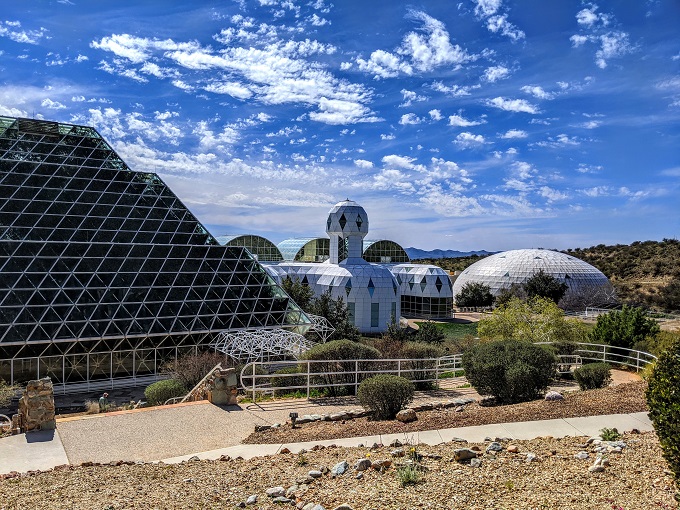
Why do you want to visit you may ask? It’s amazing! You get to see 5 different biomes, learn about what it’s like to live in Biosphere 2 for two full years and see how they run this mini-Earth. Biosphere 2 is a completely separate replica of the Earth (Biosphere 1) and as such has to create its own weather. It’s separated from the earth by cement and steel so that the experiment’s variables are able to be controlled. Scientists from all over the world come to test their hypotheses of the Earth’s natural cycles here at Biosphere 2.
For example, most recently they were seeing how drought affects the rainforests as this is a phenomenon that’s becoming increasingly common. They also used to have coral in the ocean biome, but it died off when the air reached 400 parts per million of carbon dioxide (just like on Earth). They’re now about to introduce a hybrid-coral into the ocean biome to see if it will better survive our ever increasing temperatures on Earth.
Visiting Biosphere 2
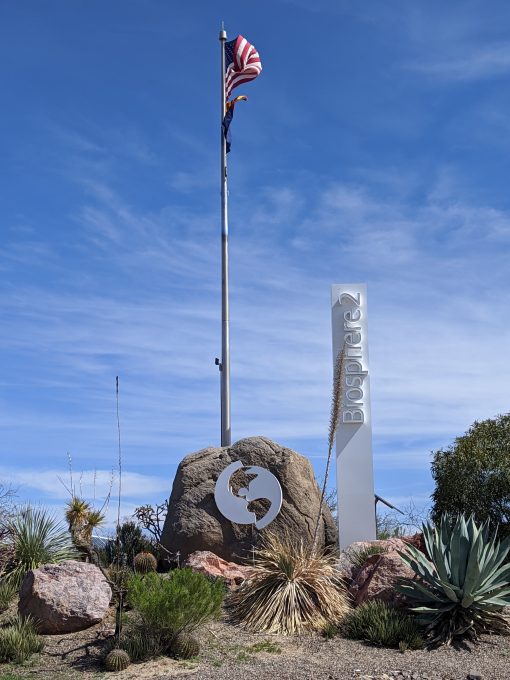
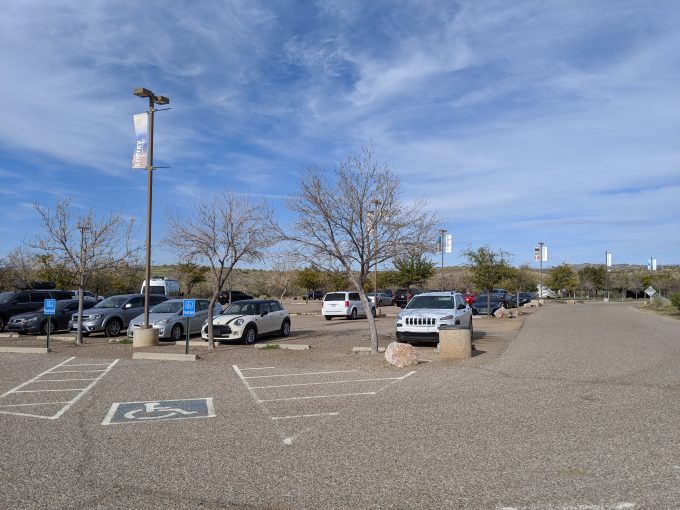
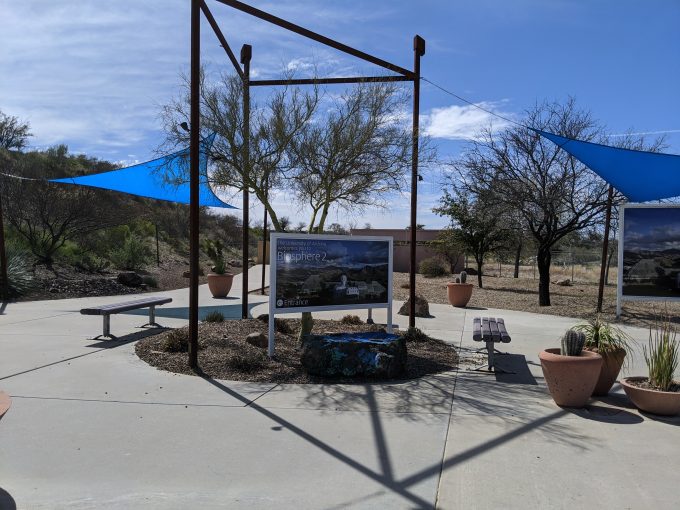
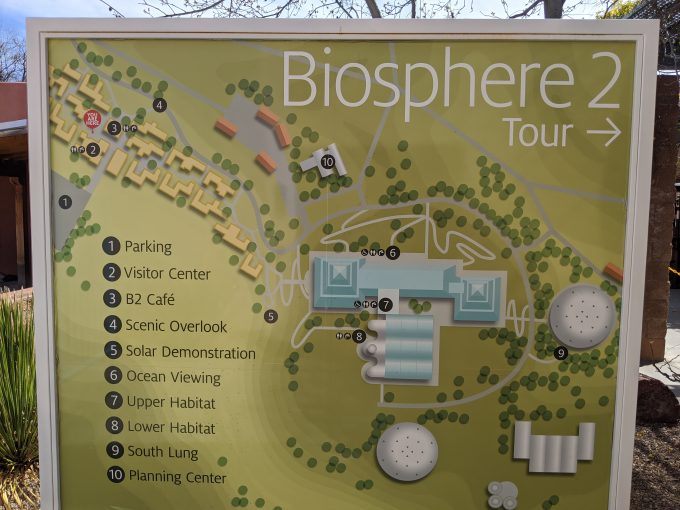
Once you arrive at the visitors center, you get your ticket and walk down towards where Biosphere 2 is located.
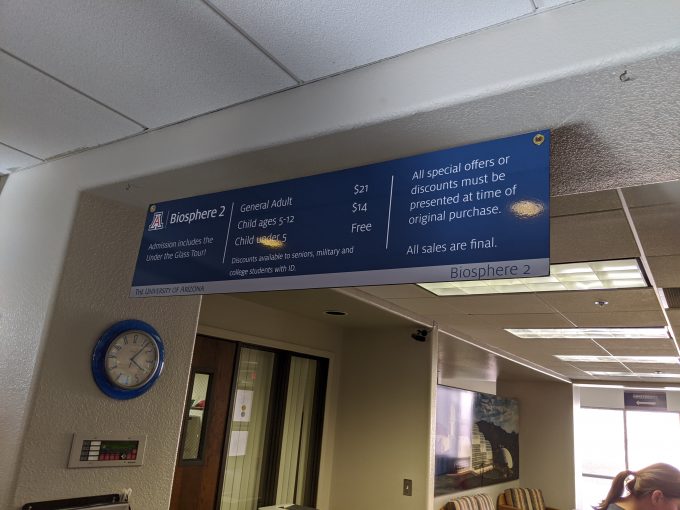

If there’s a line, there are fun facts to see while you wait.
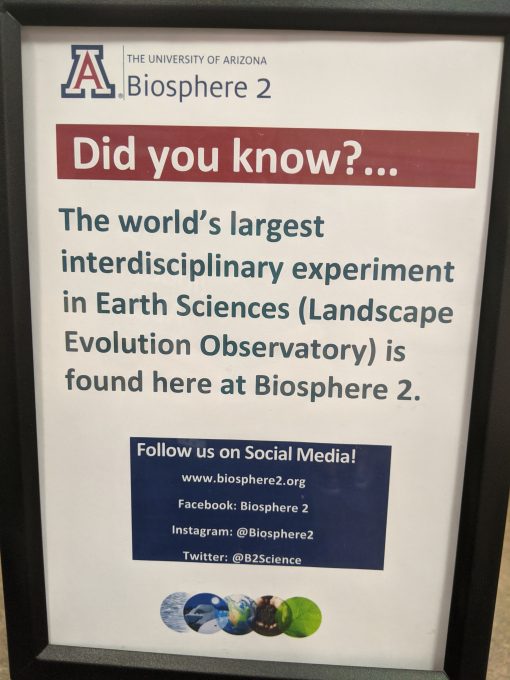
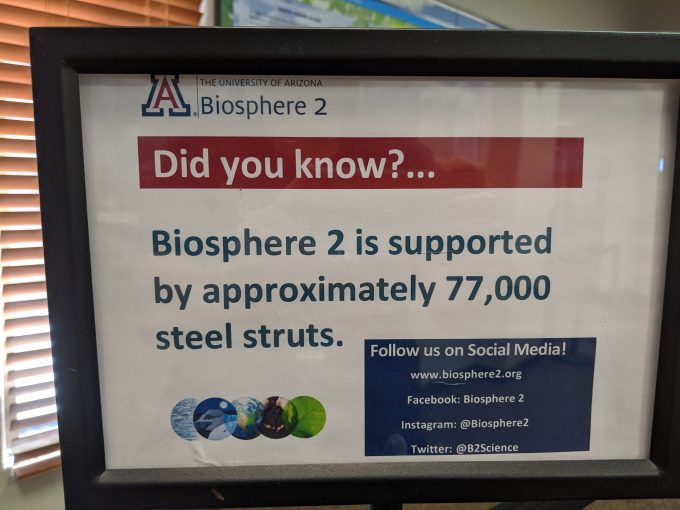
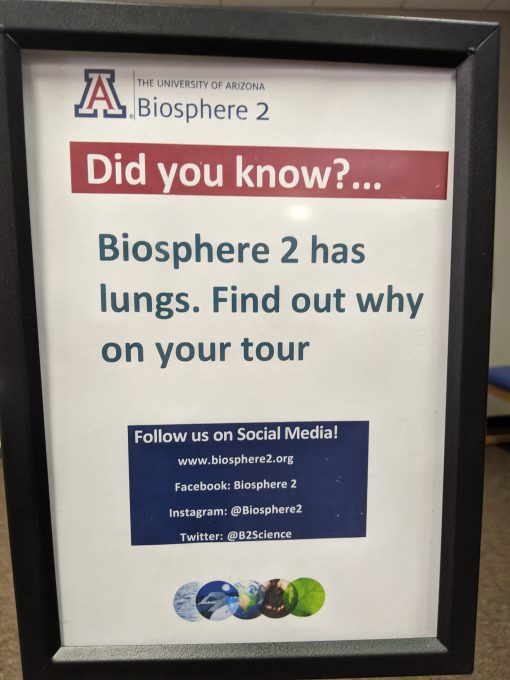
Once you have your tickets, you make your way back into the warm sun and begin your walk towards the Biosphere 2. If you haven’t brought your own water, I recommend stopping at the Biosphere 2 cafe. They have boxes of water that might cost more than a bottle of water, but are more sustainable and environmentally friendly.
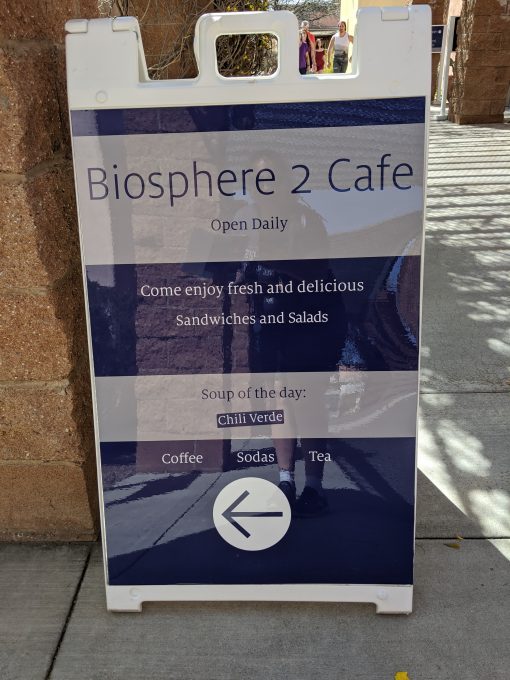

You make your way through the various classrooms, meeting rooms and offices of the University of Arizona. You find fun facts along the way, artwork and more. If you’re participating in a scavenger hunt (that you can pick up at the desk when you get your tickets), you’ll start to see answers along the way.
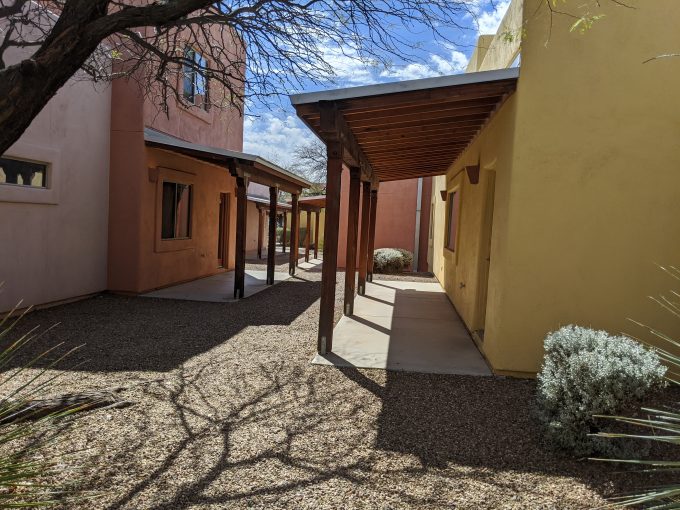

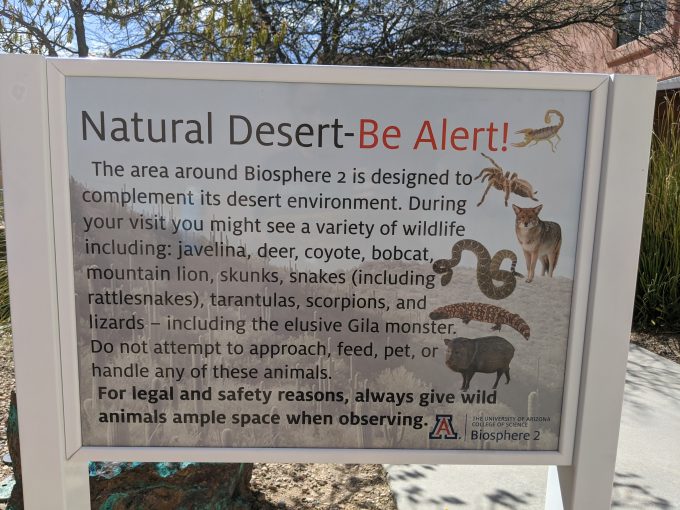
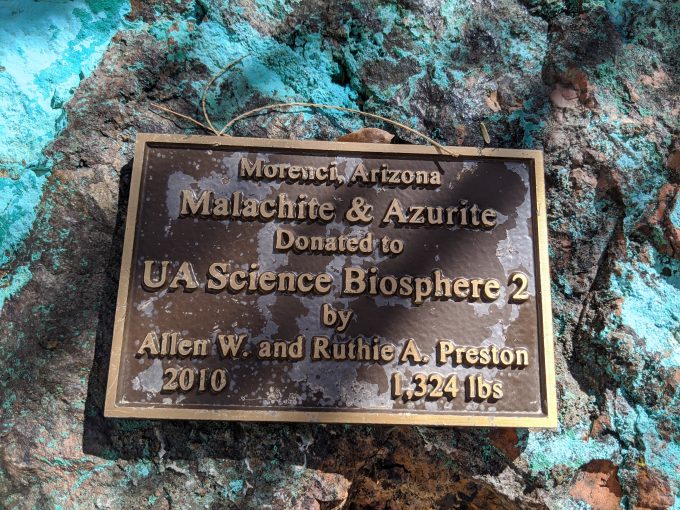
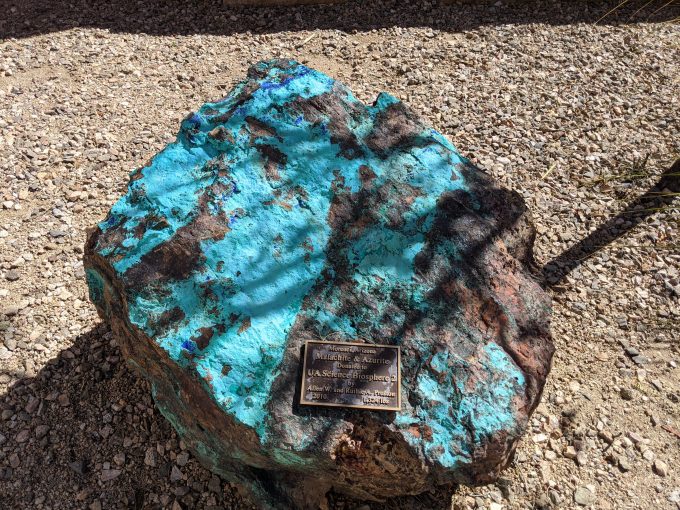
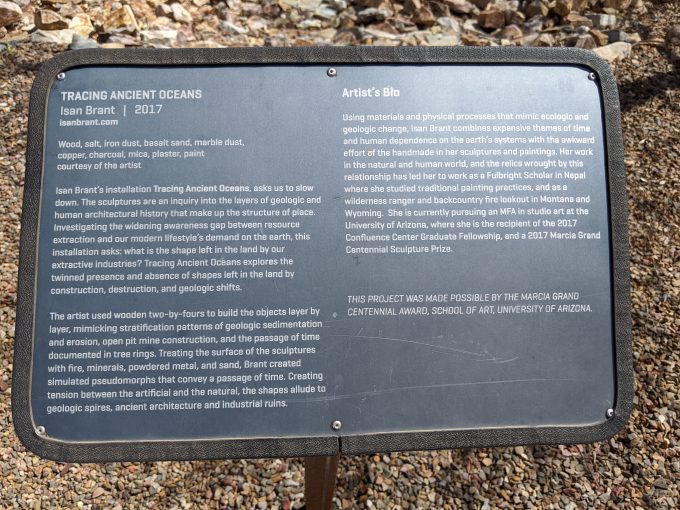
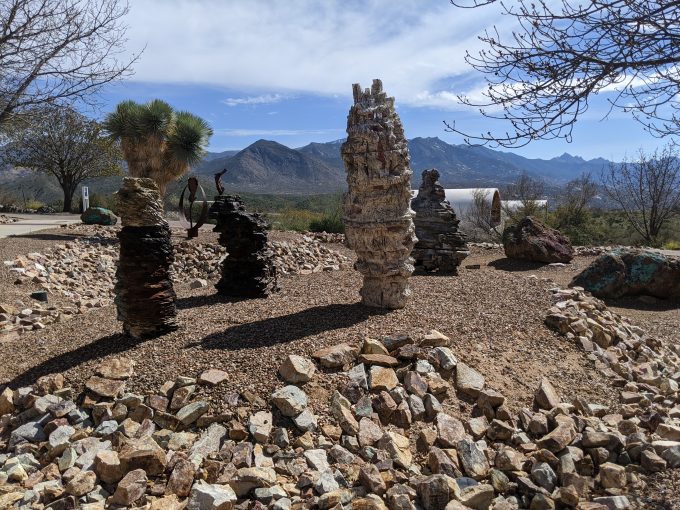
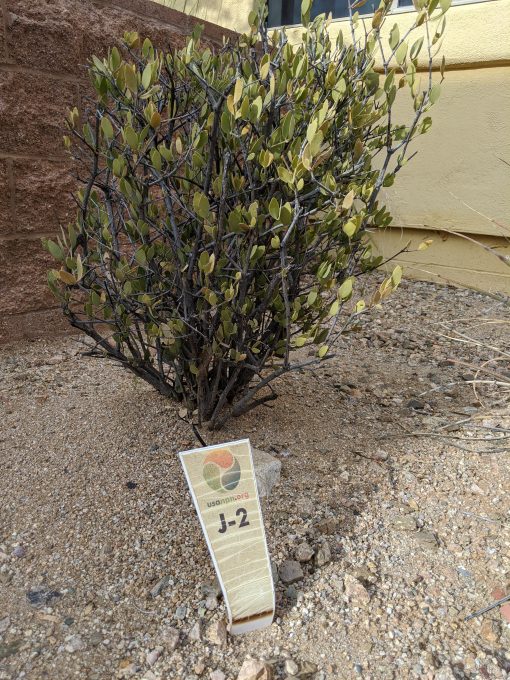
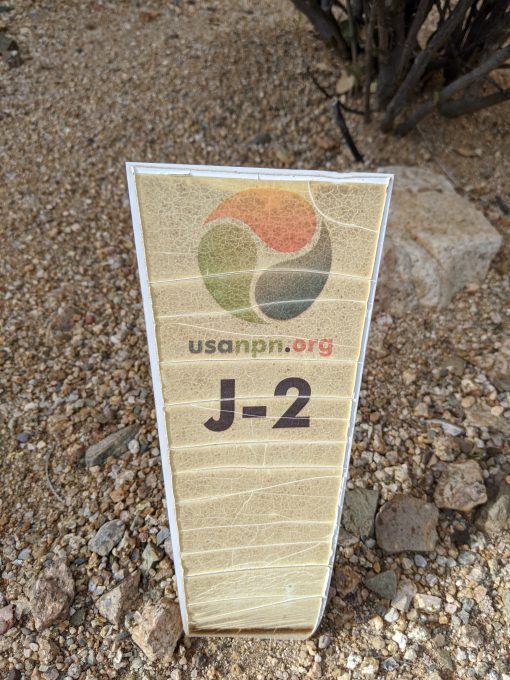

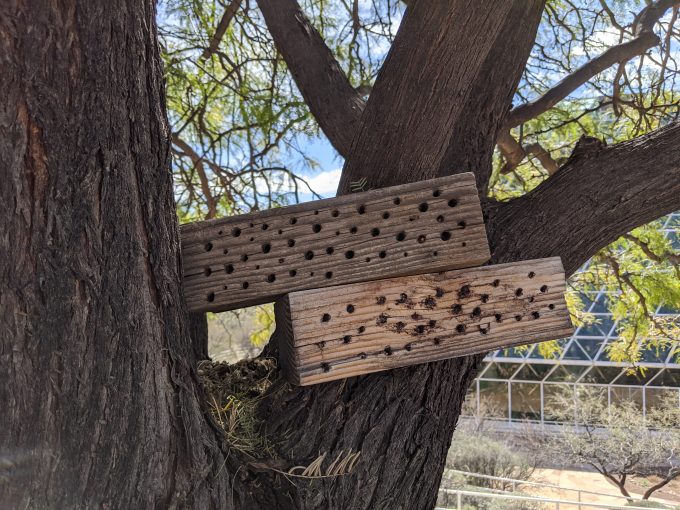
You arrive at your first view of Biosphere 2. The large pyramid shaped building on left houses the biomes. The right holds theaters, offices and more. The three buildings in the rear are holding the LEO (Landscape Evolution Observatory) project.

You take the tour using headphones so you can hear the tour guide no matter how far back you are in the tour group.
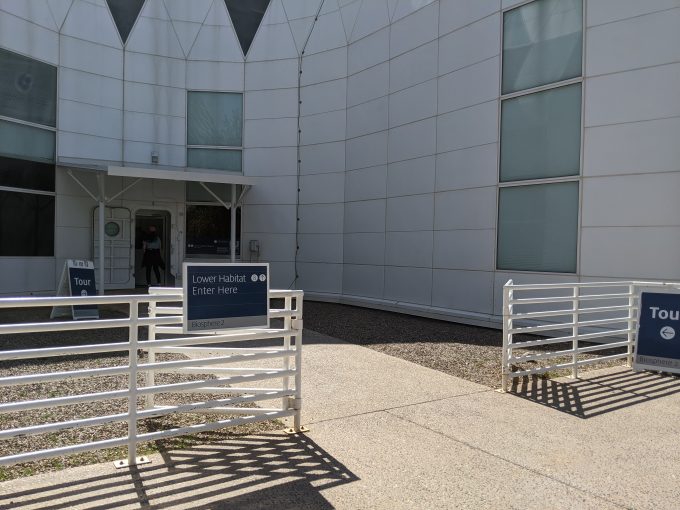



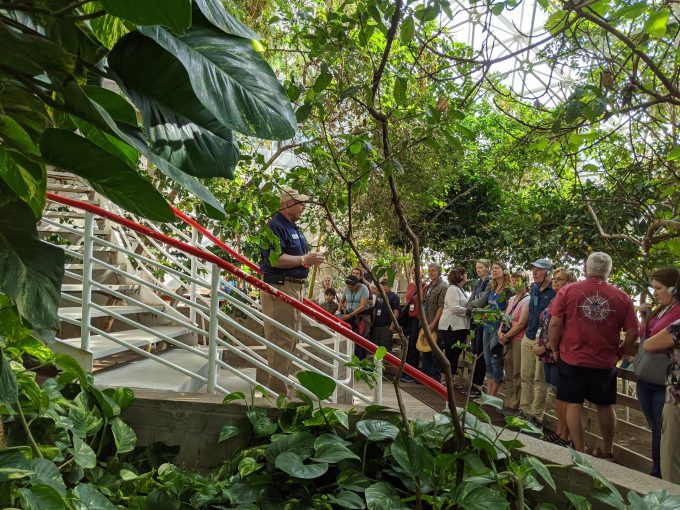
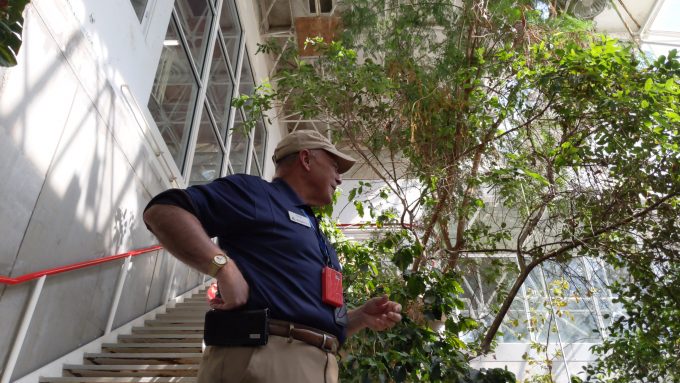
Our guide, George, was great. He had a lot of great information, answered questions and was obviously passionate about the science happening here. You head into each of the biomes and learn about the experiments. We thought we wouldn’t be able to go into the rainforest biome due to an ongoing experiment, but it ended recently. They were testing the effects of drought on the rainforest.
The beauty of Biosphere 2 is that it’s large enough to extrapolate data affecting the earth on a large scale, but small enough to control the variables while undertaking scientific research.
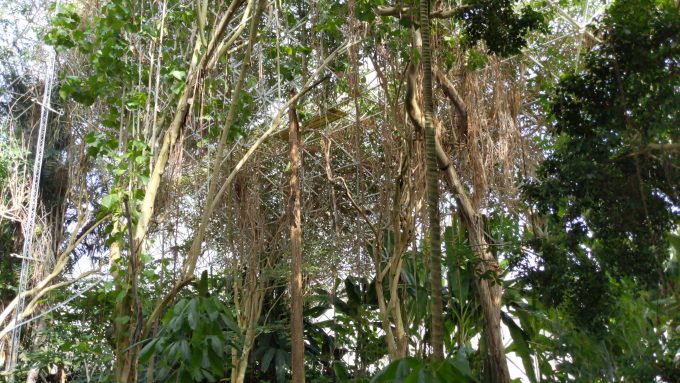
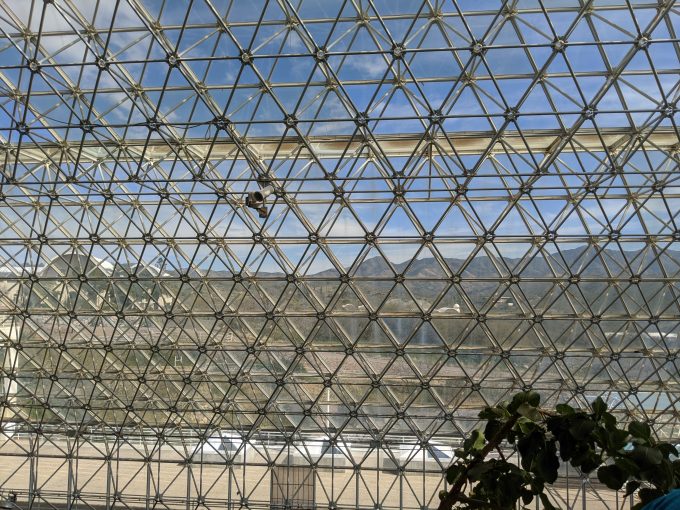

You might be wondering about the grasslands biome – grasslands are very delicate. Too much rain and they become a forest, too little and they become a desert. This one has become a forest.
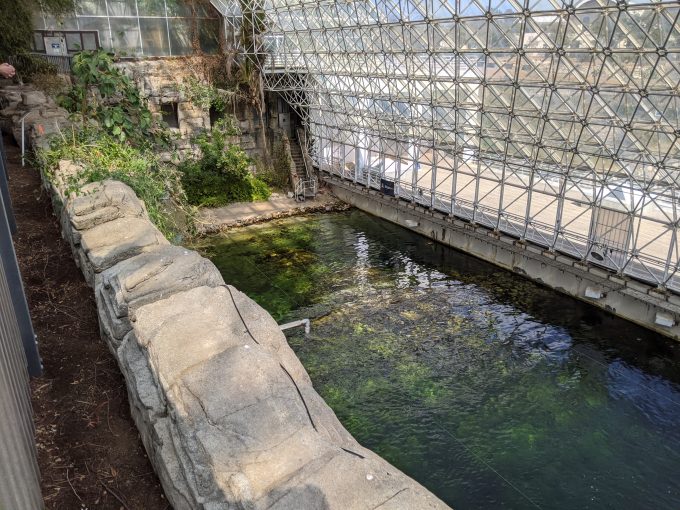

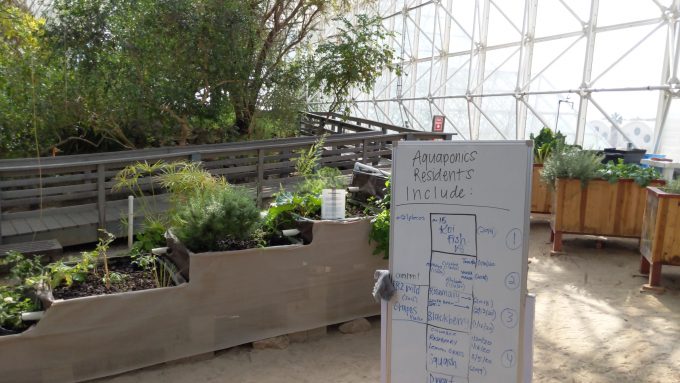
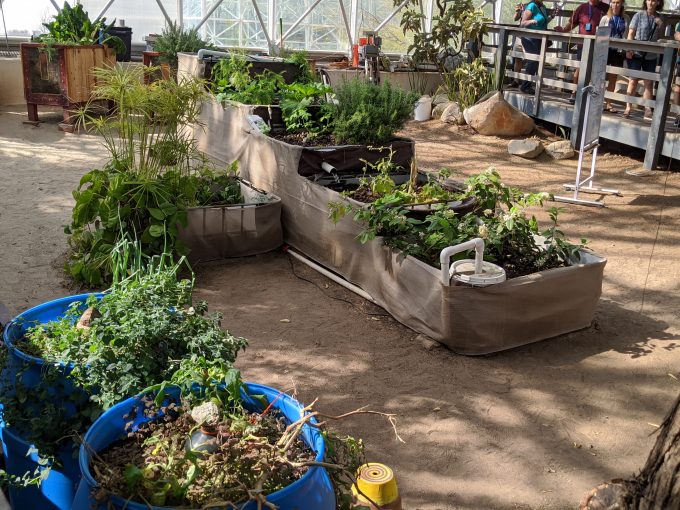
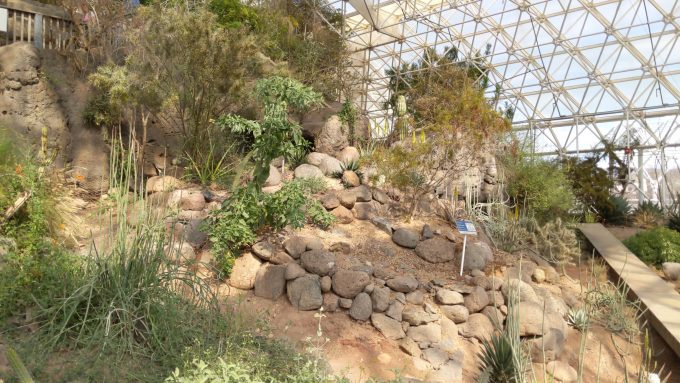
Once you’ve seen the biomes, you head down into the technosphere where the weather for Biosphere 2 is made. It also takes you to the lungs that Biosphere 2 requires.

The lungs are to reduce the air pressure within Biosphere 2. With all the glass, the hot desert sun heats the air causing it to expand. It has to be released to avoid a blowout, so the West and South lungs were created to provide that release. The 16 ton aluminum disk rises and falls as the pressure builds and releases in the lung. The ceiling can rise up to 60 feet and lower the disk down onto the legs you can see in the pictures below.



The tour ends outside after explaining the LEO project which is conducting experiments on soil.

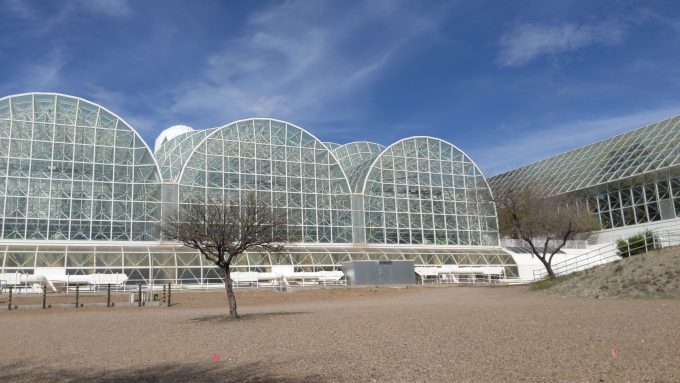
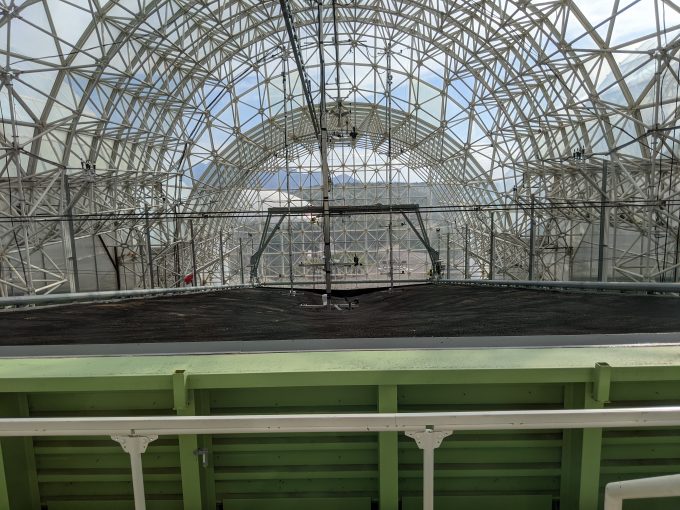
There’s even more to see once the tour is over (or before if you arrive early and book a later tour). You can see the living quarters from the two year closed mission and the lunar lab where they’re studying ideas for future missions to Mars.
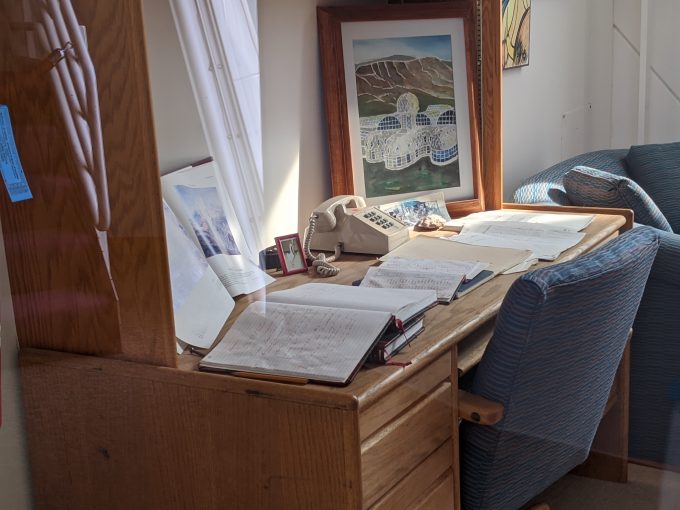
You then make your way down to the ocean biome gallery. Biosphere 2 is currently doing fundraising for an aquarium.
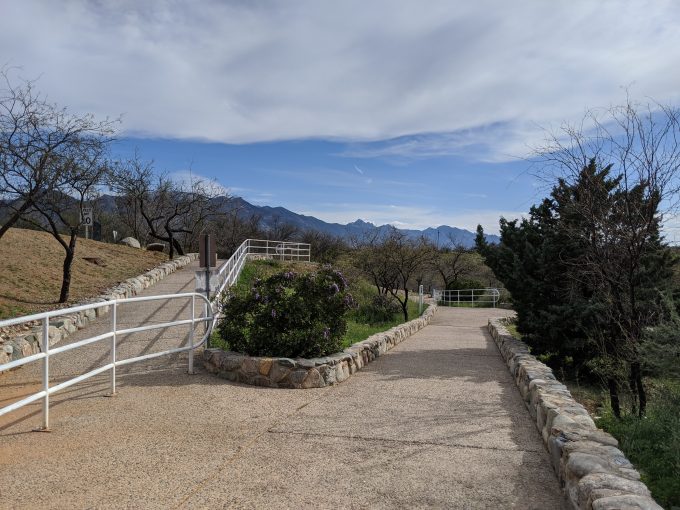

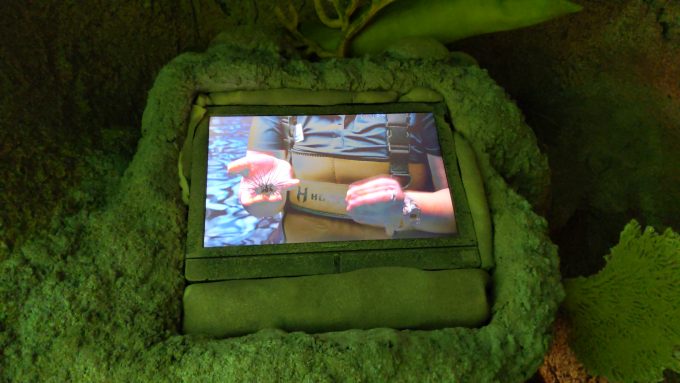
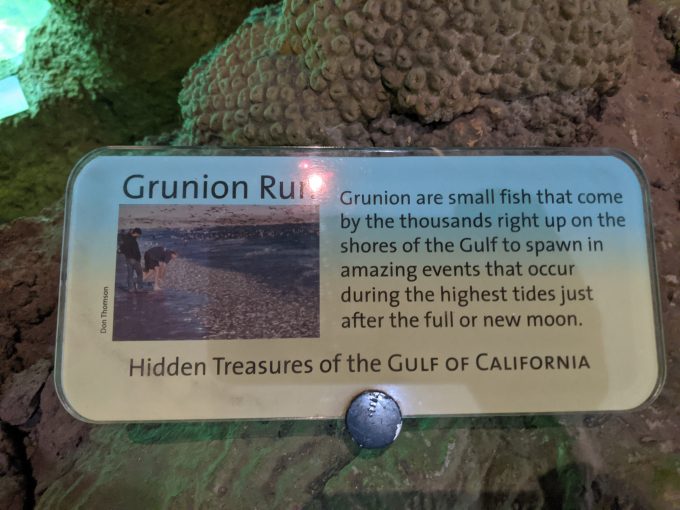
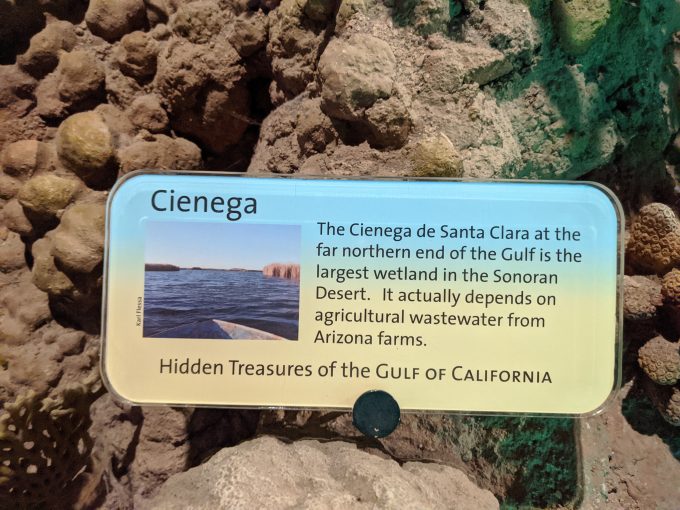
Before you leave Biosphere 2 make sure to check out the gift shop where you can pick up a copy of the experience of Jane Poynter during the two year closed mission to learn more.
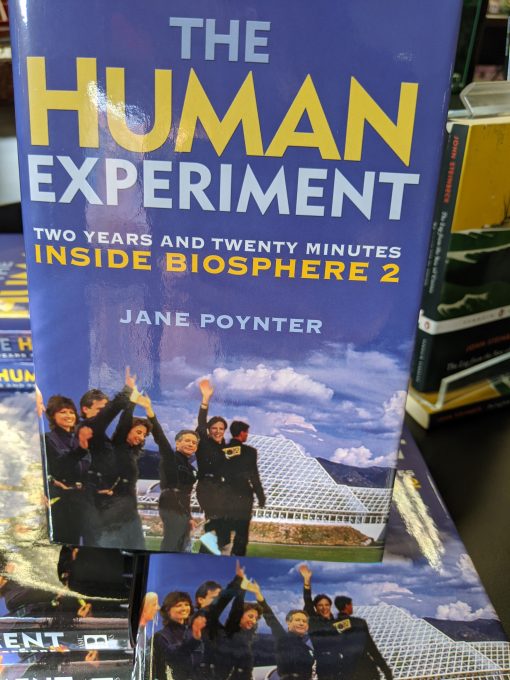
If you’re in Arizona, it’s definitely worth a visit to Biosphere 2 to get your science on.
Address
Biosphere 2, 32540 S Biosphere Rd, Oracle, AZ 85739
Would love to take this tour! Did not know about this amazing place.
Gonna put it on my list for future travels. Thanks for sharing.
Definitely putting this on my list for our next USA trip 😊